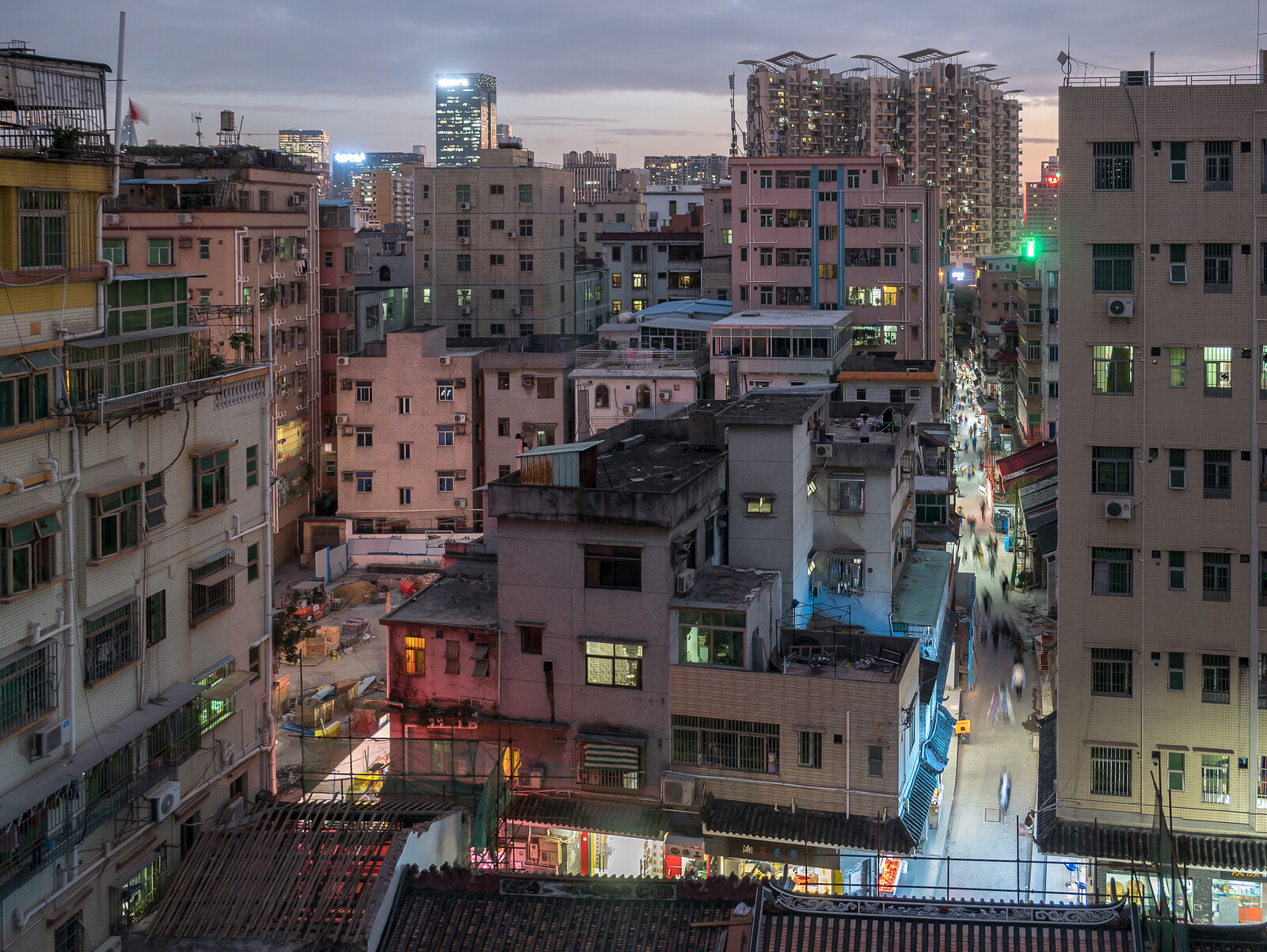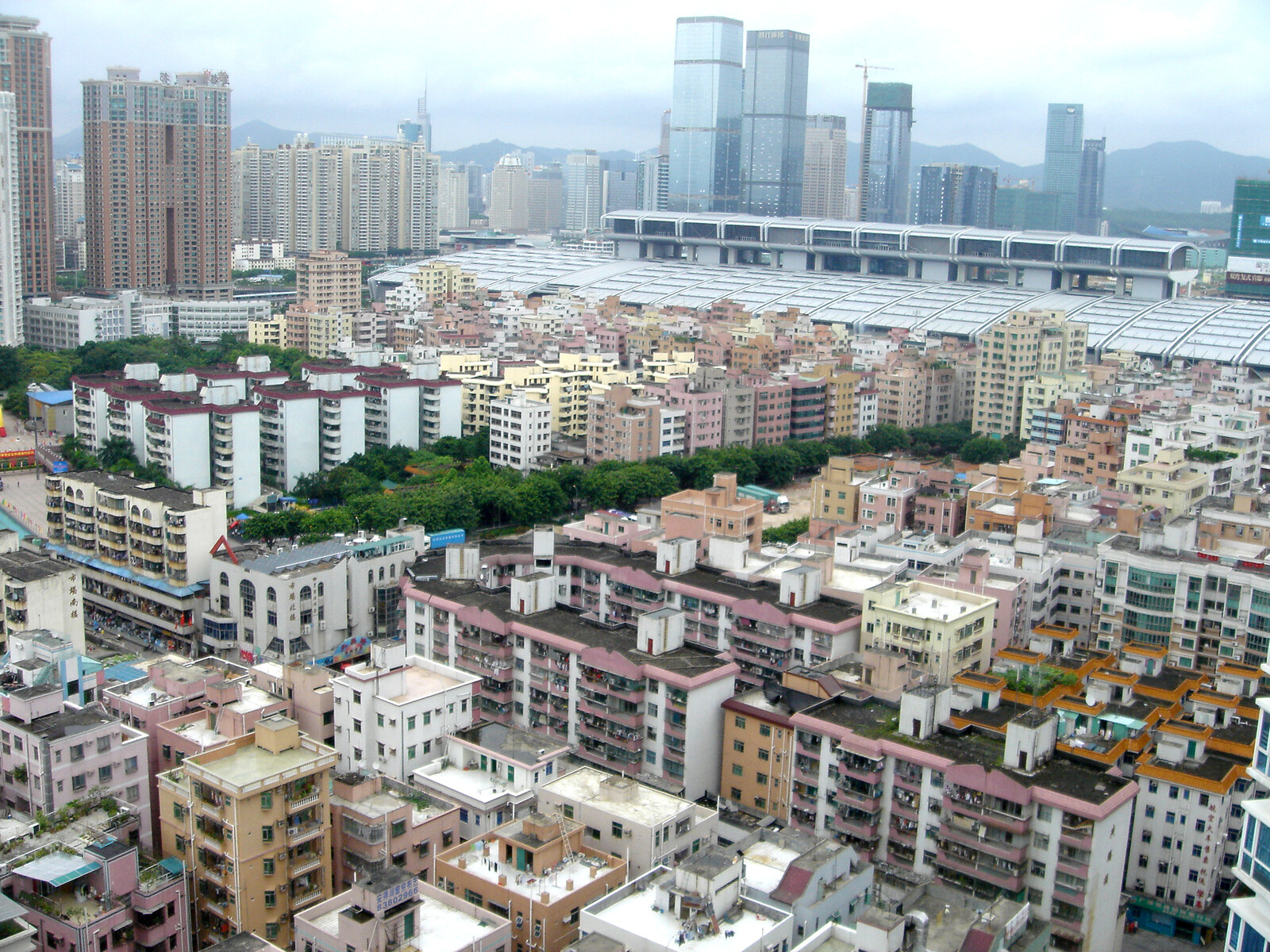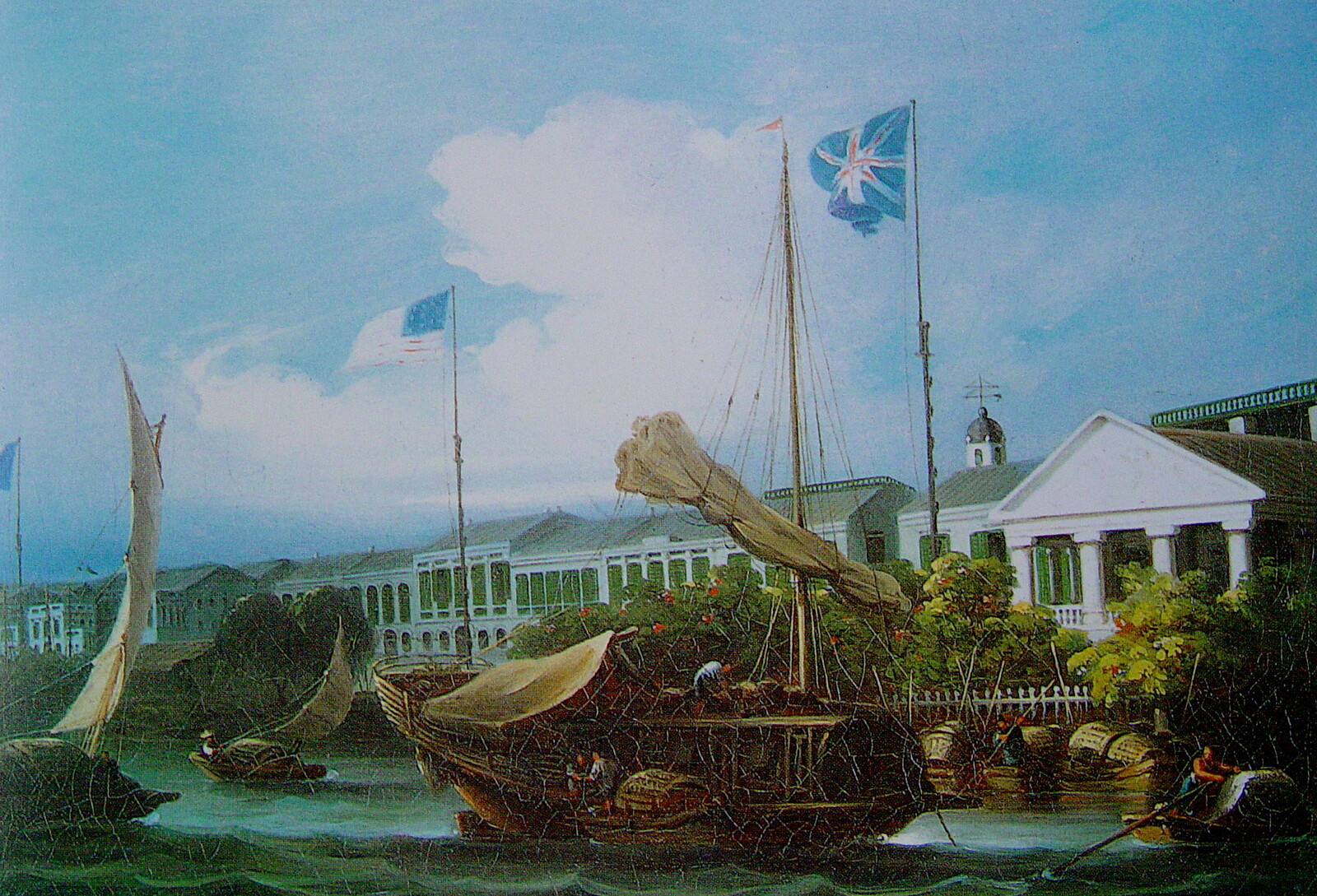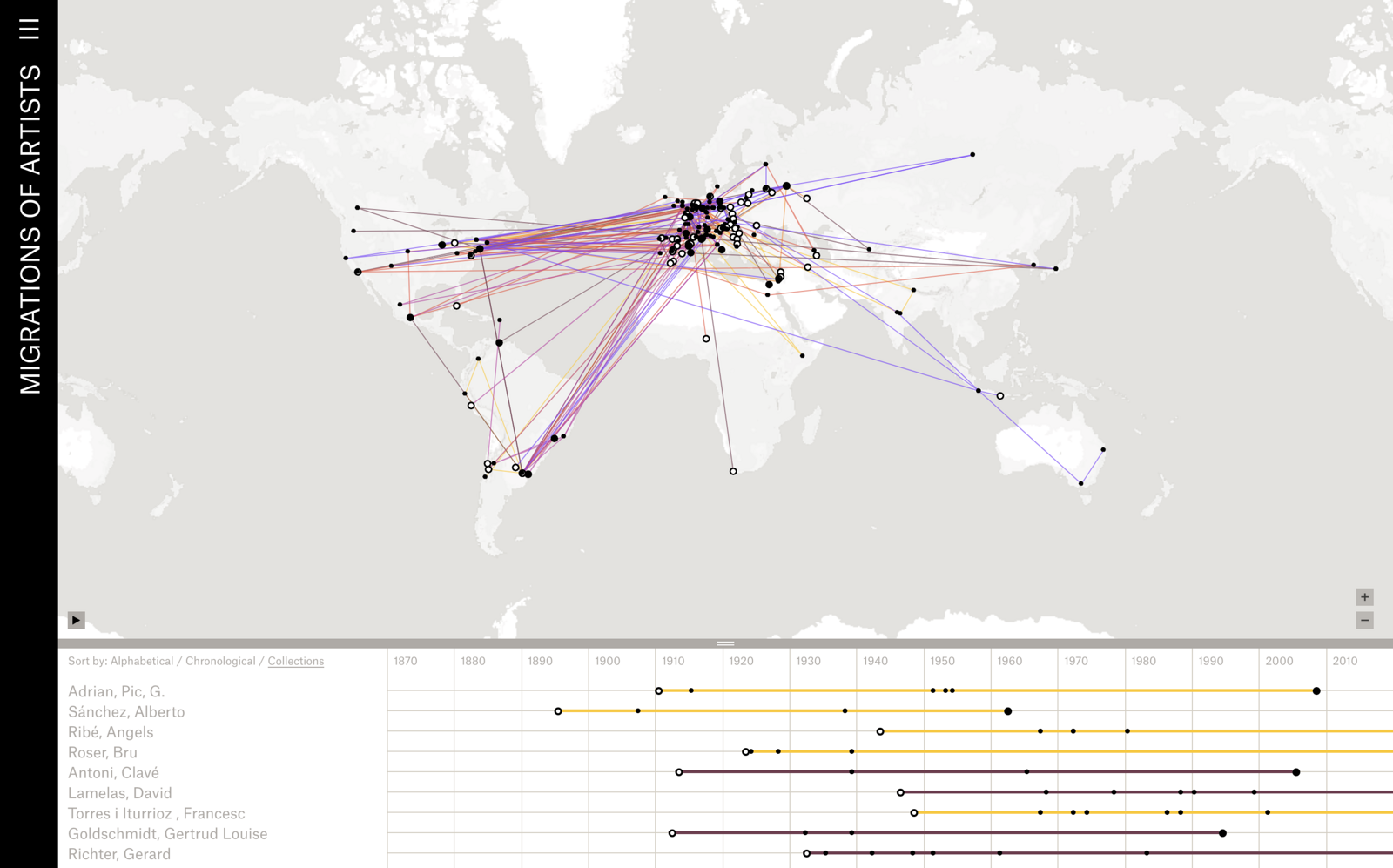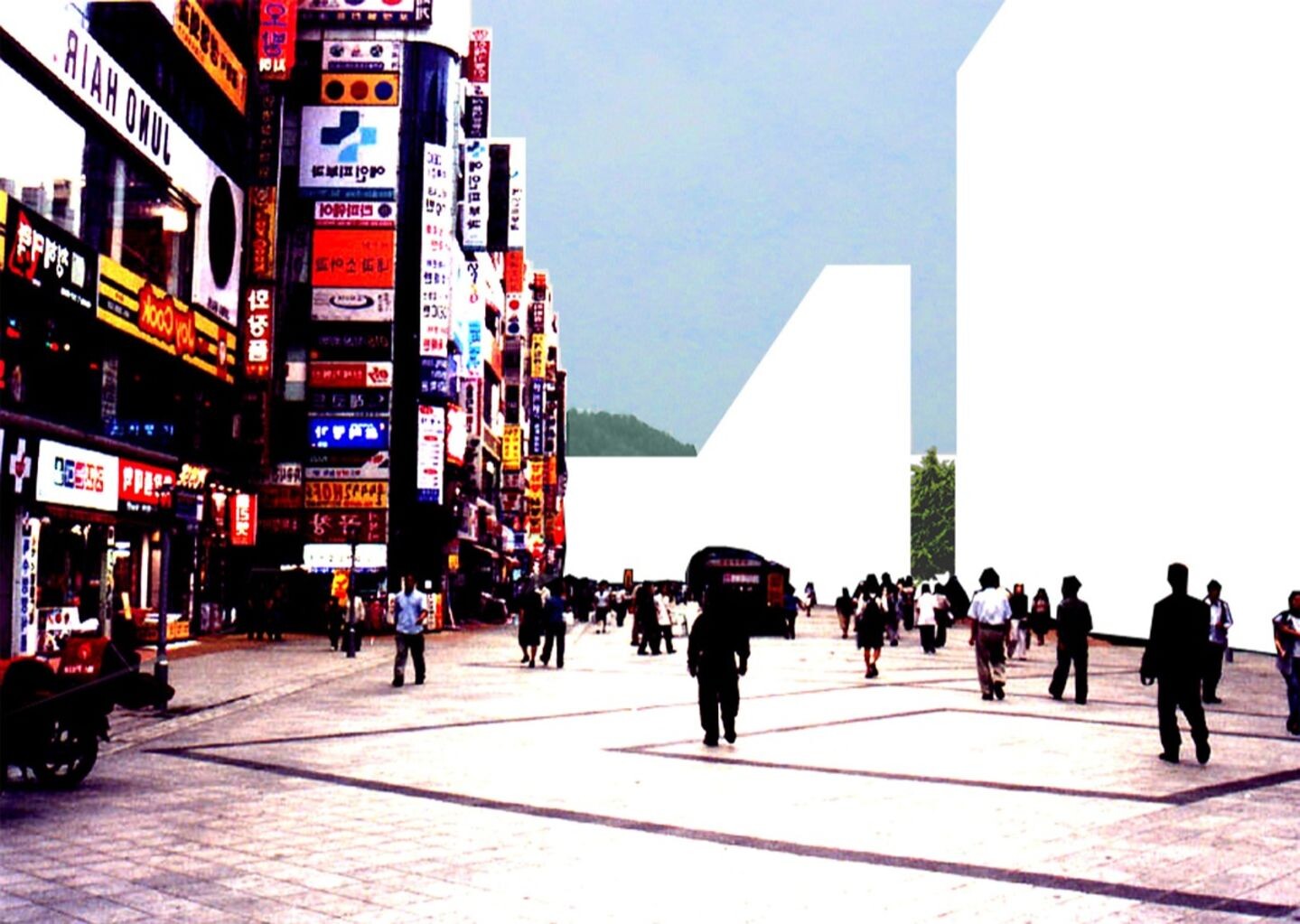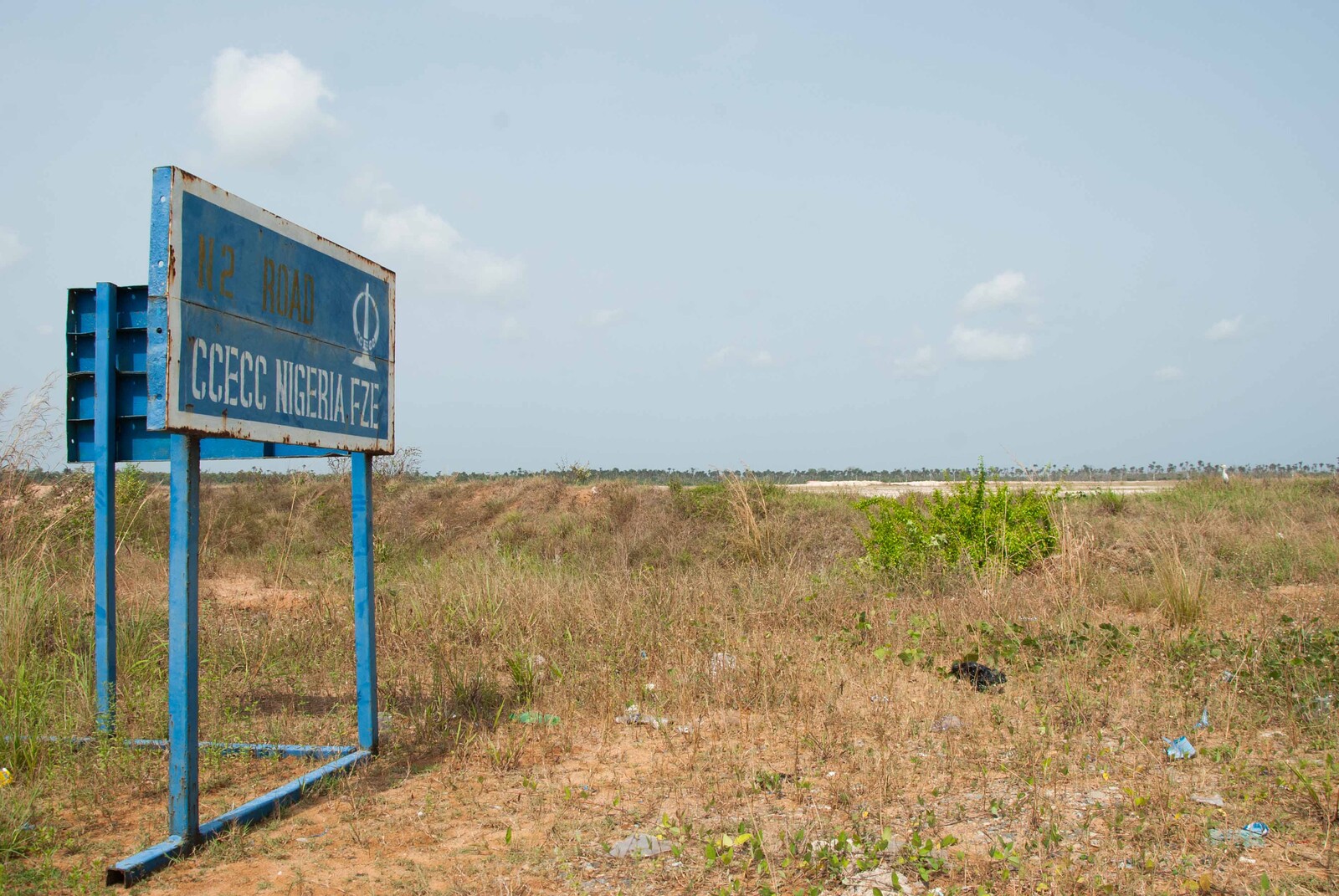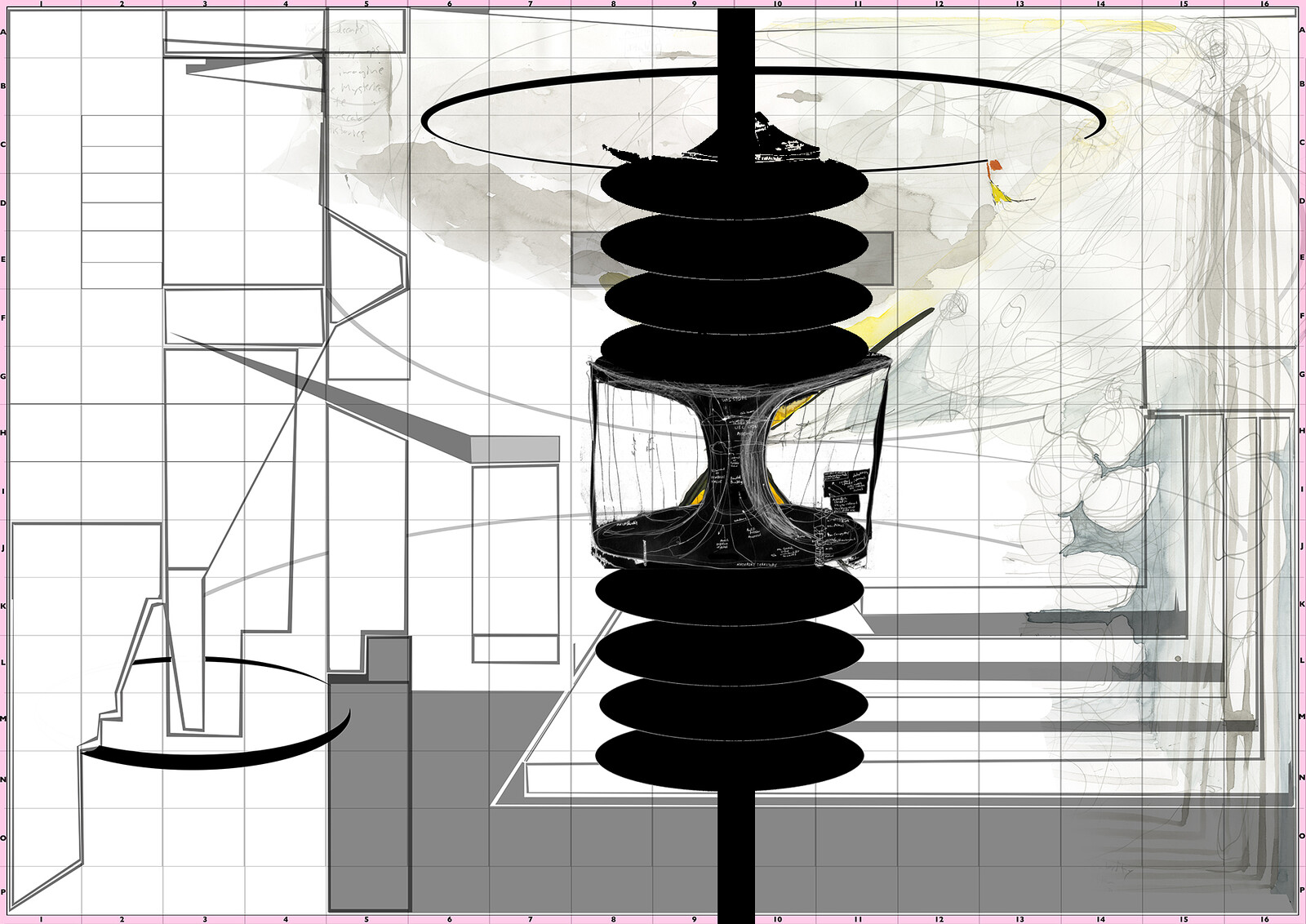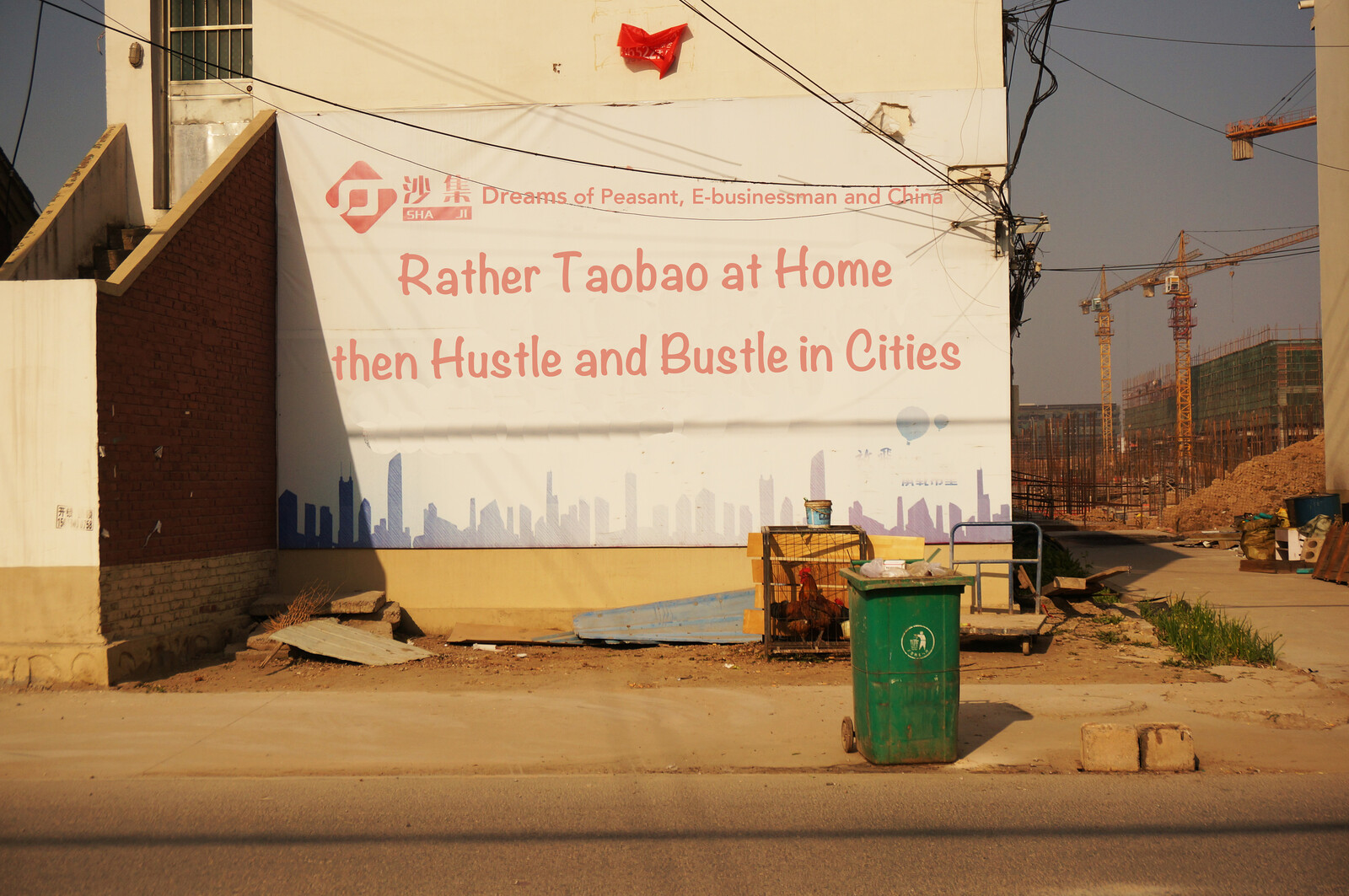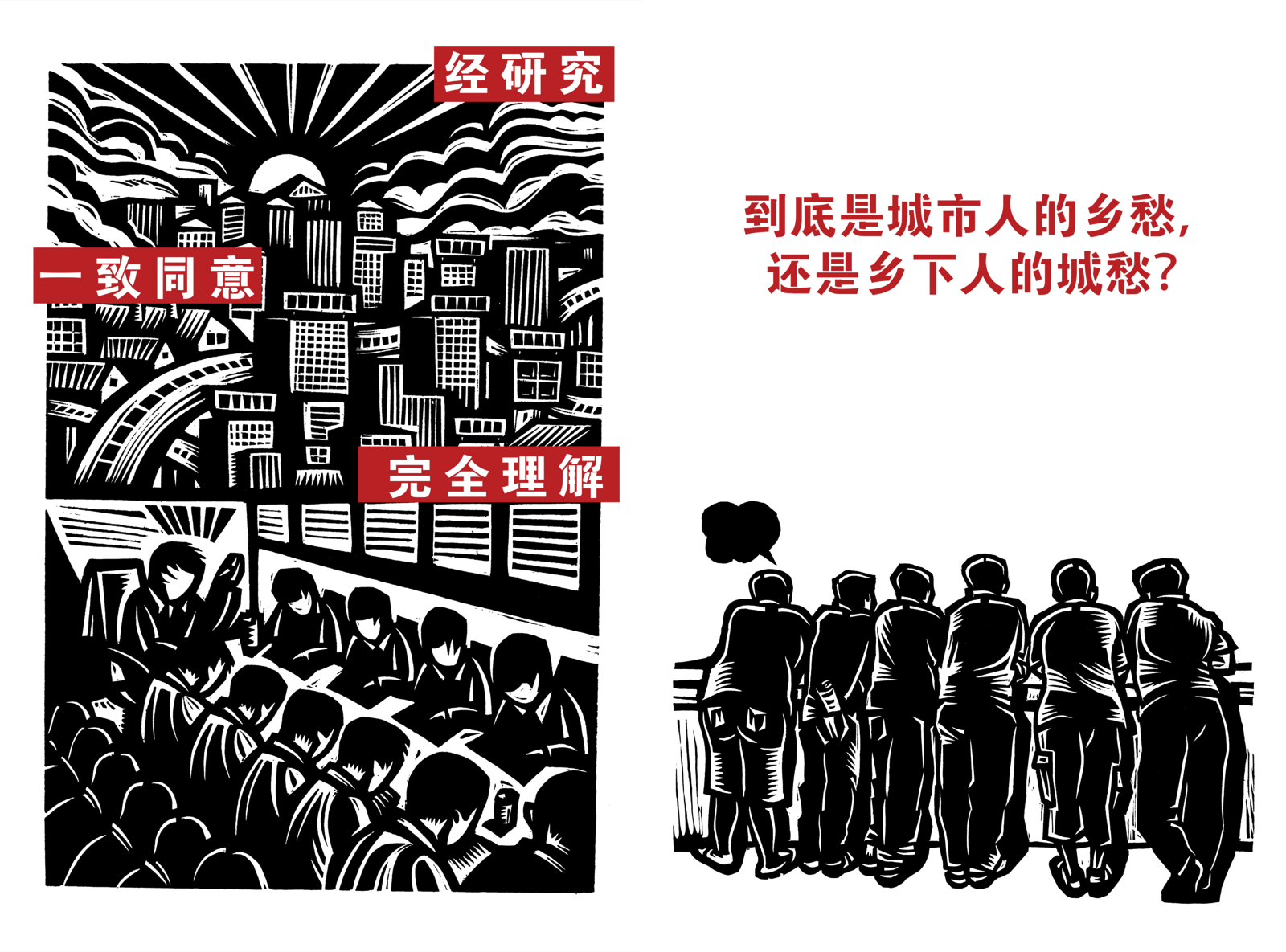Urban Village is collaboration between e-flux Architecture and the 7th Bi-City Biennale of Urbanism\Architecture (UABB) within the context of its theme, “Cities, Grow in Difference,” curated by Hou Hanru, Liu Xiaodu, and Meng Yan, featuring contributions by: Gautam Bhan, Joshua Bolchover, M. Christine Boyer, Abdelkader Damani, Juan Du, Nikos Papastergiadis, Stephan Petermann, Liu Qingyuan, Michiel Hulshof and Daan Roggeveen, Saskia Sassen, AbdouMaliq Simone, and Feng Yuan.
For centuries, if not millennia, the spatial organization of human civilization has been characterized by the dichotomy between the urban and the rural. As an effect of the distribution of labor and governance, the categories of “city” and “countryside” have long since defined not only where people live, but also who they are and how they are recognized as citizens. Ambrogio Lorenzetti’s fourteenth century Allegories and Effects of Good and Bad Government, for instance, clearly distinguished between the two as different types of spaces to be managed—and subjects to be ruled. Yet nearly fifteen hundred years before that, the Han Dynasty of China articulated a clear administrative distinction between the urban and rural as a way to effectively address the infrastructural demands placed on managing a population over a vast terrain.
While this hierarchical system forms the basis of contemporary Chinese territorial governance, its developmentist policies over the past four decades have threatened the operative value of such clear-cut and simple differentiations. Before Shenzhen could become the paradigmatic Special Economic Zone it may be today, it needed to be economically and administratively recategorized from a “rural town” to an “urban city.” In its explosive growth, Shenzhen, like many a sprawling polis of the modern past, has come to physically envelop other, distinct, and autonomous spaces, yet without subsuming them into its urban domain. Such proximity effectively collapses the historical frontier through which the discreteness of place has been mediated, and calls for the thinking anew of relational interfaces and spatial modes of exchange.
If capital—or perhaps data today—is the general equivalent of a developmentalist world system, urbanization aims to be the general equivalent of the world itself. Yet as an abstract machine, the grip of progress can never be total. Development is always, by definition, incomplete. For the materiality of the earth cannot but be concrete. Geography endures, no matter how absolute its erasure, exuding the real. Culture, habits of time that well in the folds of place, live on in the rhythms of the body, even after all else.
The Urban Village is hybrid. It is somewhere, something that once was, and still is, but is also, whether for want or not, becoming more. Like a chimera, it is unstable, vulnerable, and volatile, yet portends a new model for life, if only it is to survive. The Urban Village eludes capture by deductive reasoning, for no category of type can describe the molecular alchemy that thrives within.
As financial capital progressively invents new forms of value to mine as exhaustively as the last, there is need, once again, to attend to the particularities and irregularities of place. For it is the unthought, overlooked, and discarded that can be captured without alarm; forgotten without notice. The Urban Village represents a tipping point with the past. Yet if we have learned anything from the present about forces that engender such visions of a future, we should know that its very difference is in risk of sliding into the same. The Urban Village is a petri dish of criticality; a laboratory of flight. Being left alone has never been an option. New mechanisms of relation, new protocols of exchange, new conditions of belonging are needed for living, and growing, together.
Urban Village is collaboration between e-flux Architecture and the 7th Bi-City Biennale of Urbanism\Architecture (UABB) within the context of its theme, “Cities, Grow in Difference.”
Category
Urban Village is collaboration between e-flux Architecture and the 7th Bi-City Biennale of Urbanism\Architecture (UABB) within the context of its theme, “Cities, Grow in Difference.”
